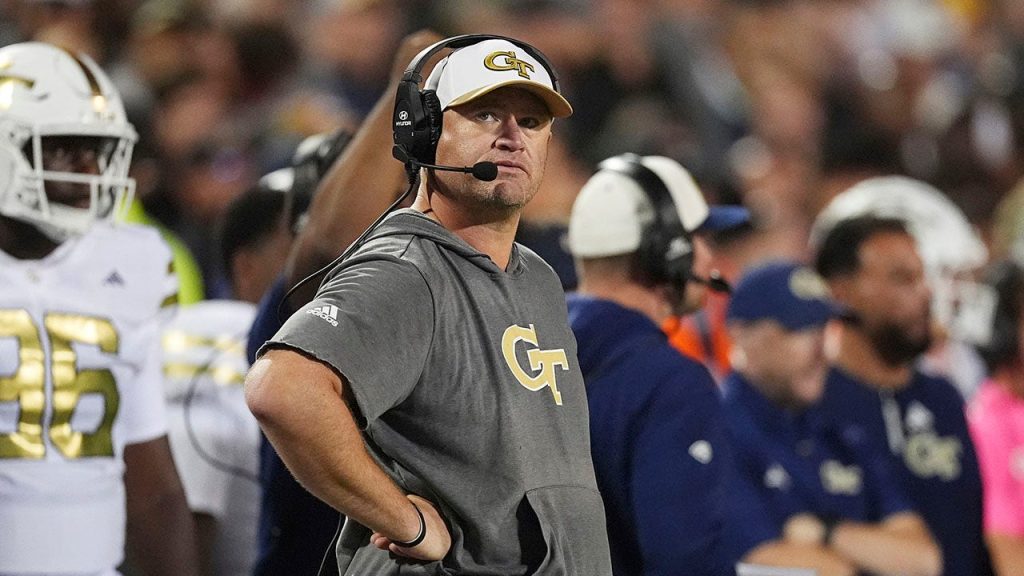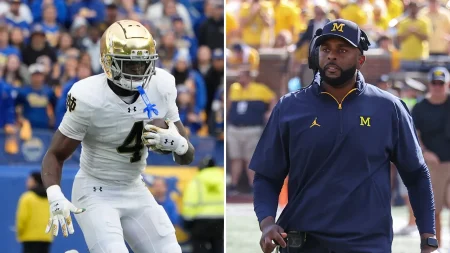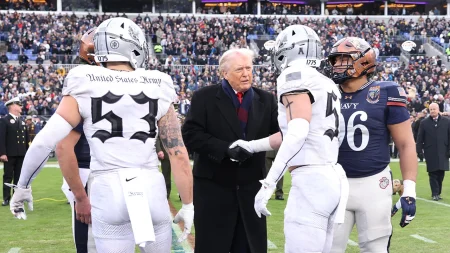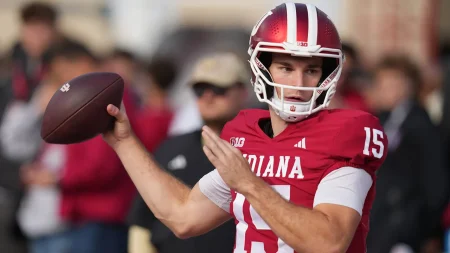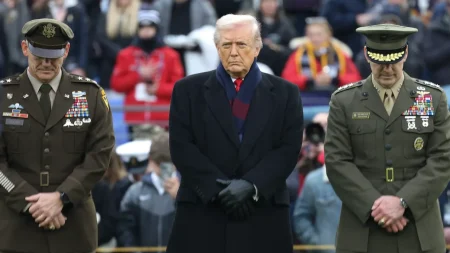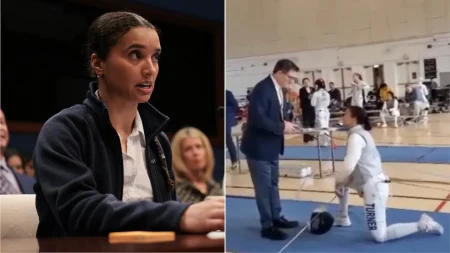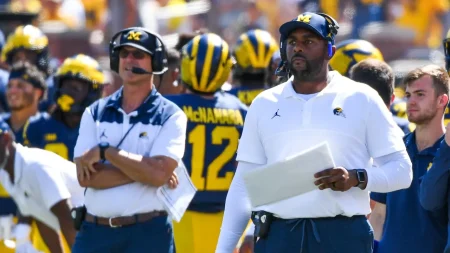NCAA’s New Injury Rule Sparks Controversy in Georgia Tech-Colorado Game
In Friday night’s thrilling matchup between Georgia Tech and Colorado, a pivotal moment occurred with just 2:34 remaining in the fourth quarter when the teams were deadlocked at 20-20. A Georgia Tech player suffered an injury, prompting medical staff to rush onto the field for evaluation. However, under the NCAA’s new injury rule, the Yellow Jackets were charged one of their three remaining timeouts because of the stoppage. This controversial decision drew immediate criticism from former NFL referee Terry McAulay, who took to social media to express his disapproval of how Big 12 Conference officials implemented the rule in this critical late-game situation.
McAulay’s frustration centered on what he perceived as an overzealous application of the new regulation, which was designed to prevent players from faking injuries to gain strategic advantages. “The Big 12 doubles down on being ridiculously over officious regarding the new injury rule,” McAulay wrote on X (formerly Twitter). He emphasized that the Georgia Tech player “was clearly injured at the end of the play,” making the timeout penalty unwarranted. McAulay further noted that the replay official had the authority to communicate about the timing of the injury but “somehow failed to note it was well before the ball was spotted” – a crucial distinction in how the rule should be applied.
This wasn’t the first time McAulay had criticized the new rule’s implementation. Just a week earlier, during a Kansas State-Iowa State game, he highlighted a similar situation, writing: “We already have an example of why I expressed concerns that this rule would unfairly penalize a team that did nothing wrong.” His consistent criticism suggests a growing concern among officiating experts about potential unintended consequences of the rule change. The NCAA Football Rules Committee introduced these changes specifically to address the issue of players feigning injuries to stop the game clock, particularly in fast-paced, high-stakes situations. Under the new guidelines, if a player appears injured after the ball is spotted for the next play, his team must use a timeout. If no timeouts remain, the team incurs a 5-yard delay-of-game penalty.
Beyond just the timeout penalty, the rule mandates that an injured player must sit out at least one play, even if a timeout is granted. Additionally, players can only return to action after receiving clearance from a medical professional. While these provisions aim to prioritize player safety while deterring strategic injury timeouts, the Georgia Tech-Colorado game highlighted the challenging gray area officials now face in distinguishing between legitimate injuries and tactical delays. The tension between maintaining game integrity and ensuring proper care for genuinely injured athletes has become increasingly apparent as the season progresses.
The controversial call didn’t ultimately determine the game’s outcome, as Georgia Tech managed to pull ahead and secure a 27-20 victory over Colorado. Nevertheless, the incident has sparked debate among fans, coaches, and officials about whether the new rule achieves its intended purpose without unfairly disadvantaging teams with legitimately injured players. As teams adjust to this regulatory change, coaches may need to develop new strategies for managing player injuries, particularly in crucial late-game situations where every timeout carries significant strategic value.
As college football continues to evolve with rule changes aimed at improving the game’s pace and integrity, the ongoing dialogue between officials, coaches, and the NCAA will be crucial in refining the application of these regulations. The Georgia Tech-Colorado game serves as an important case study for how the new injury rule impacts real-game situations and may prompt further clarification or adjustment as the season progresses. For players, the message becomes increasingly clear: legitimate injuries will receive proper attention, but the days of strategic injury timeouts appear to be coming to an end – though not without some controversial growing pains along the way.





